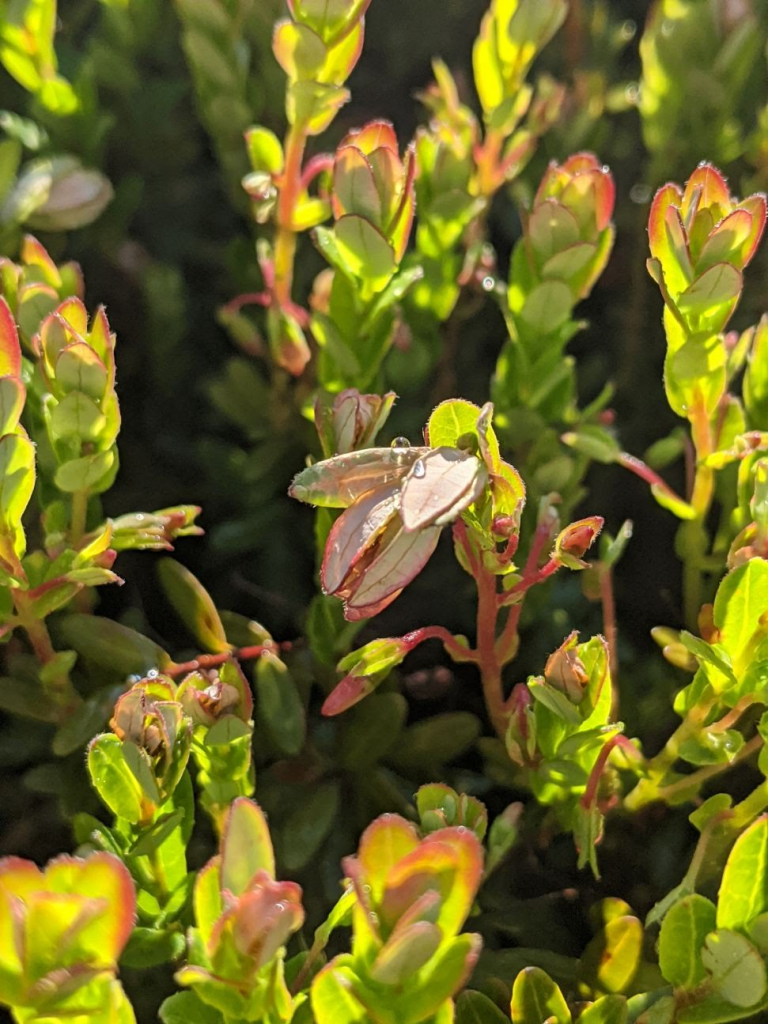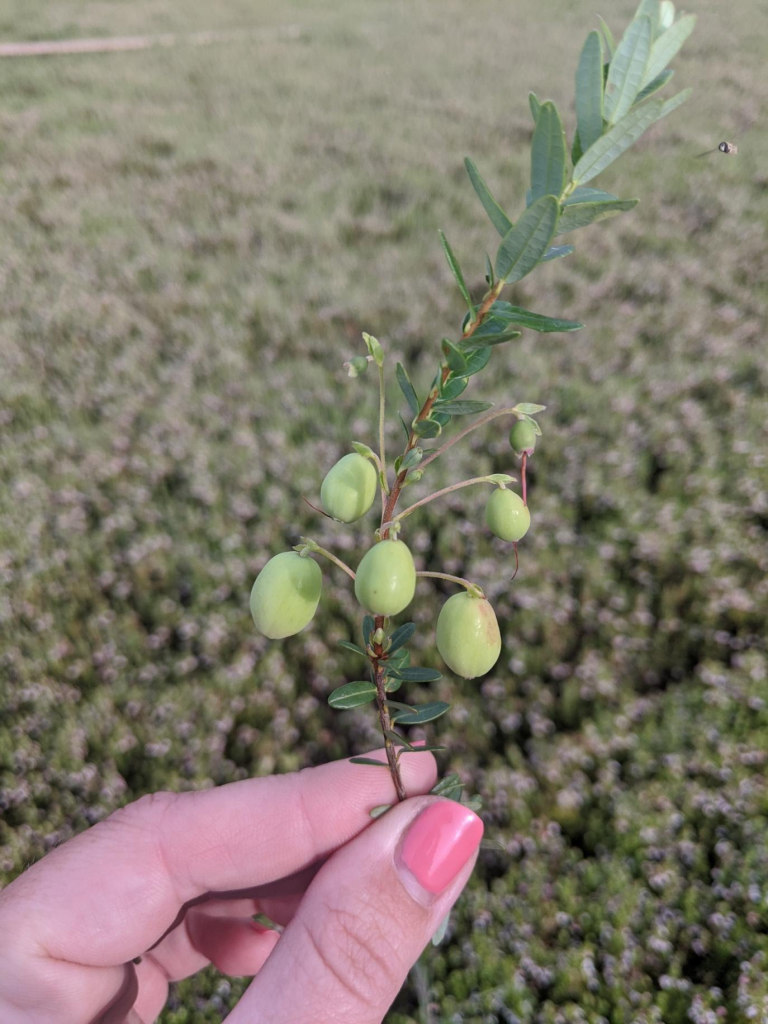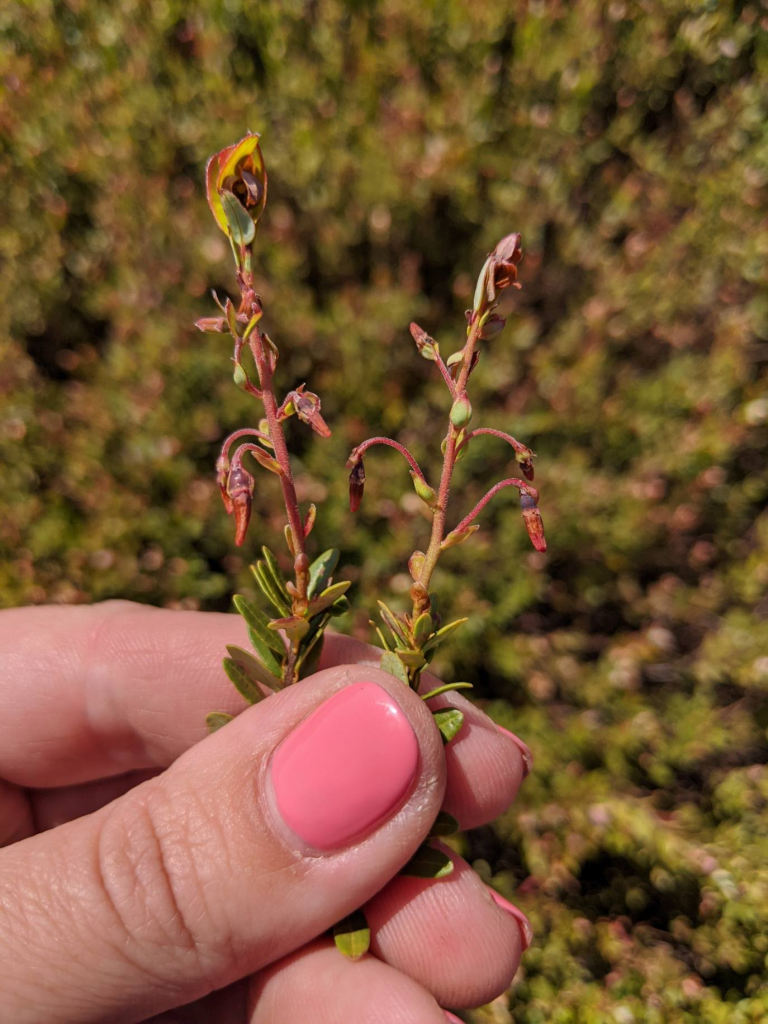Cranberries: Observations From the Field
In 2019 Cranmoor’s Stevens (ST) were peak bloom by the 4th of July. This year (2020) Cranmoor’s ST are 50% out of bloom. The recent warm weather had the vines progressing 10% a day. The Plainfield area will be reaching 50% out of bloom on their ST a few days after July 4th. The Tomah area is much further along reaching 50% out of bloom on most of their ST by July 1st. The Hybrids in all areas are coming out of bloom fast with fruit setting.
Everyone wants to know what the crop potential looks like and each year my answer is the same. Some people look amazing and others not so much.
First the bad, we have major “black frost/ dew point frost” damage across the growing regions. The weekend of June 12-14 growers experienced bizarre temperature fluctuations. Many growers explained how their frost alarms went off (or did not) but as they checked the temperatures the numbers increased rapidly. This is a learning opportunity for the industry to continue to use all the tools around you, especially the “old school” ways. More than one grower shared that they were on the fence but simply feeling the vines helped them make the decision to start protecting. Dry vines translates to low dew point. The plants are more vulnerable to frost the lower the dew point is. The severity of the damage ranges from only leaf margins, new vegetative growth completely damaged and hooks damaged. In general, the stems are still green and viable and the plants will recover with a reduced crop. Moving forward, growers will have to fertilize appropriately depending on their crop potential. Now for the good, we have had amazing growing and pollinating weather. 80-90 degrees F are not ideal for humans, but the plants and bees have been responding positively. Our scouts and I have been conducting WiBee observations and we are shocked to see over 100 flower visits in a 3X3’ area in 5 mins. All the potential is there–we will see if growers can manage the emerging pinheads and peas to carry through to harvest.




